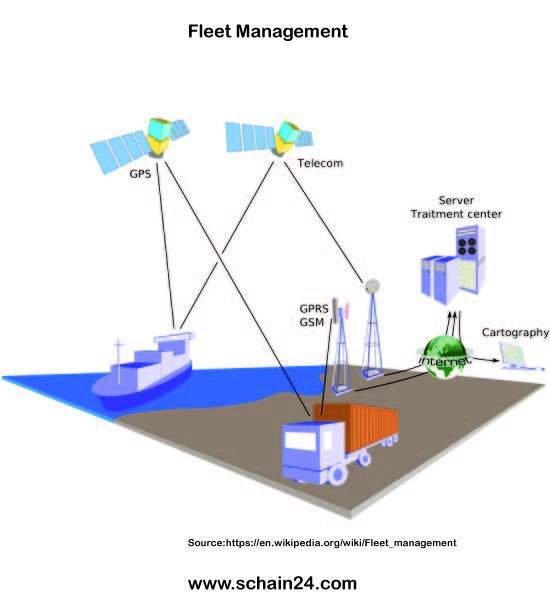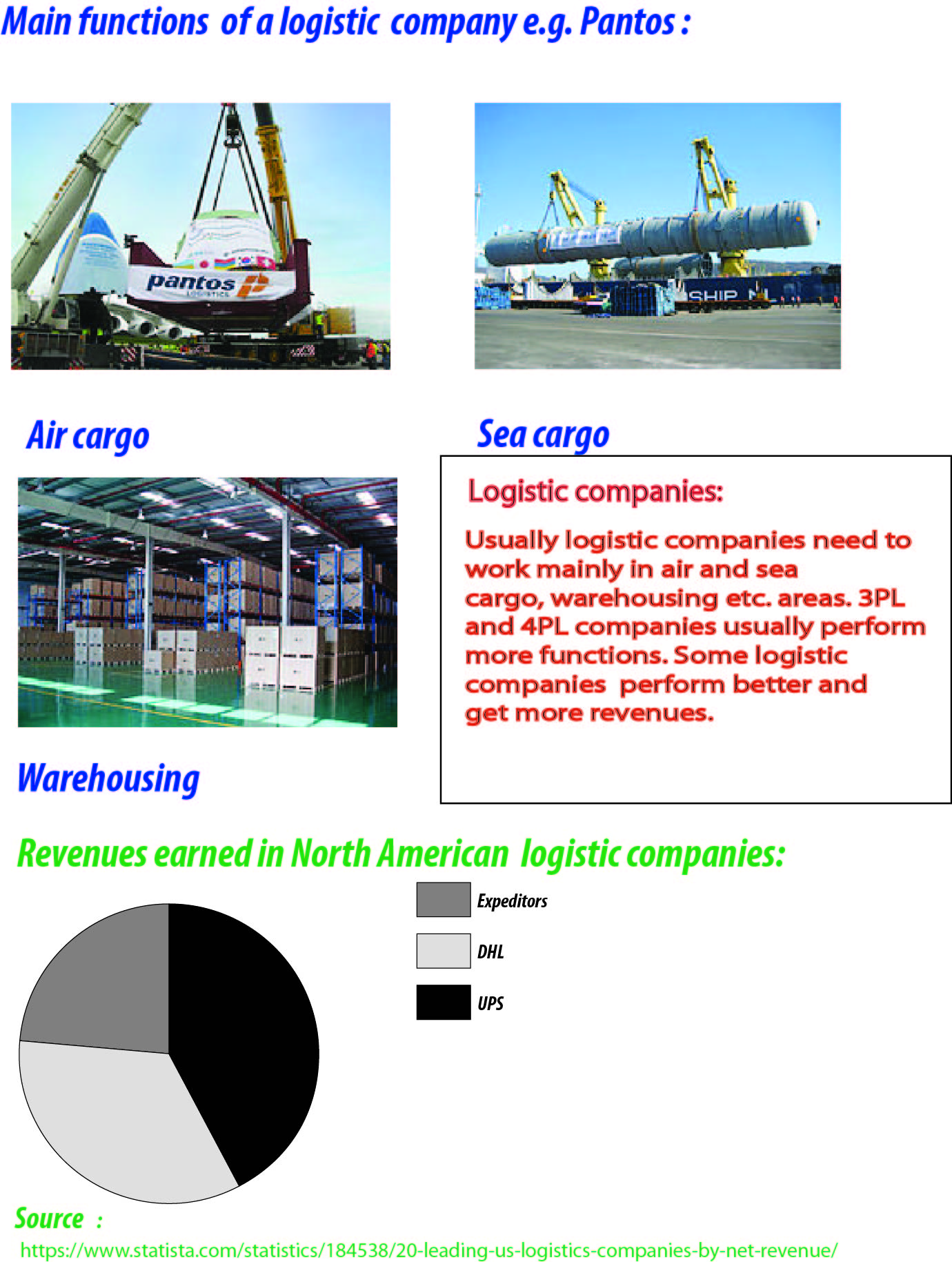Introduction
The fleet functions like an orchestra, where even one malfunctioning piece of equipment can disrupt harmony and affect performance. That is why fleet managers place such great importance on developing robust maintenance schedules.
Proper scheduling unlocks new levels of efficiency, keeps down fleet management costs, and improves the lifespan of crucial machinery.
Here are some best practices to keep in mind when developing a fleet maintenance schedule.
Evaluate and Prioritize Key Assets
Many fleet managers take a reactive approach to maintenance practices. However, this is not the most efficient approach. By creating a comprehensive preventive maintenance schedule, they can significantly minimize downtime, reduce costs, and enhance safety.
To create an effective preventive maintenance plan, managers must first evaluate the fleet’s state in detail, noting crucial information about each vehicle’s age, mileage, manufacturer recommendations, and usage patterns.
Leveraging a combination of these metrics, it’s crucial to prioritize the most important assets and maintenance tasks. Consider how critical each asset is to overall functioning, the safety risks associated with delays, and the resources required to carry out each task. This attention to detail goes a long way in helping build robust fleet management schedules.
Invest in the Right Fleet Management Software
Fleet management software is the cornerstone of preventive maintenance and a handy tool for managers tasked with creating schedules. It provides access to crucial data (like odometer readings), notifies you when an asset requires attention, and helps you keep track of upcoming service tasks.
When shopping for software, look for features that allow you to maintain standard maintenance intervals, create a schedule that’s compliant with various regulations, follow the manufacturer’s requirements, and offer detailed and customizable reports.
Automotive maintenance software should also provide real-time updates, integrate with existing systems, and offer user-friendly interfaces to ensure seamless adoption and usage across your team.
Leverage Technology For Precise Fleet Reports
For years, manufacturers like General Motors have been using digital twin automotive technology to identify potential issues and proactively tackle them. Similarly, fleet managers who create dynamic representations of fleet operations are able to better forecast service needs and create appropriate maintenance schedules.
Some managers manually record the outcomes of all scheduled maintenance activities, while others rely on cutting-edge software to automate the process. Either way, the reports generated can be crucial when optimizing schedules.
Monitor and Revise Schedules
Once maintenance schedules have been created, managers should periodically revisit them to ensure everything is going according to plan. By analyzing a few key metrics, fleet managers can judge the impact of their previous maintenance schedules, identify potential setbacks, and formulate more successful programs in the future.
Apart from the obvious “mean time to repair” and “inspection completion rates,” some metrics that could come in handy include:
● Mean Time Between Failure: The average period between the breakdown of assets.
● Scheduled Maintenance Critical Percent: Comparison of when the actual maintenance task took place in relation to its due date.
● Overall Equipment Effectiveness: The performance and quality of equipment.
Similarly, tracking maintenance backlogs and the time it takes teams to perform tasks manually can provide useful data that can be used to streamline maintenance scheduling further.
Conclusion
At the end of the day, an efficient maintenance schedule is the best way to keep fleet management costs low, improve the lifespan of crucial assets, and reduce downtime. By aligning priorities, making smart investments, and continually improving processes, managers can create a schedule that enhances safety, streamlines workflows, and propels fleets ahead of the competition.





